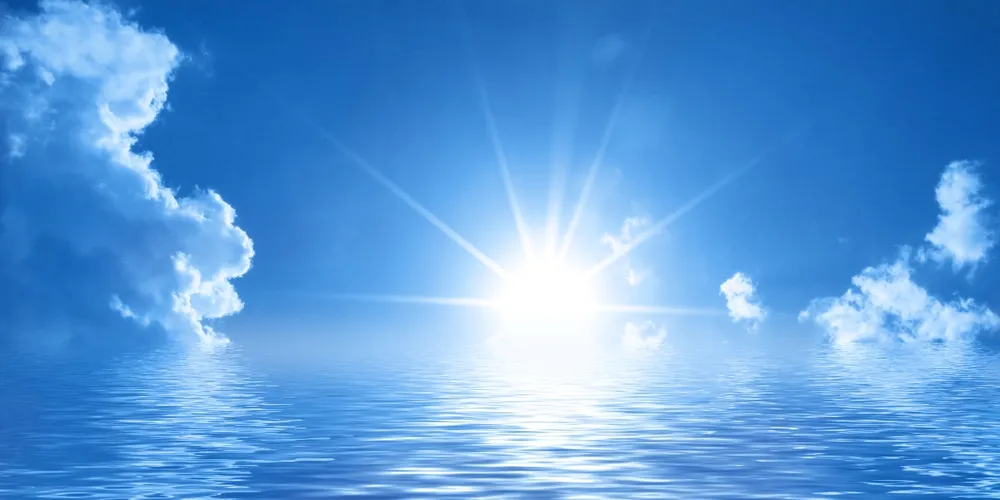GOAL 2013 blog: Shrimp -- a year of crisis
The global aquaculture industry is checking in at Paris for GAA's annual GOAL conference. Check back regularly for IntraFish's live coverage of this year's conference.

The global aquaculture industry is checking in at Paris for GAA's annual GOAL conference. Check back regularly for IntraFish's live coverage of this year's conference.
